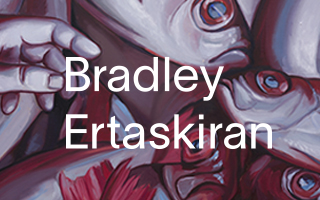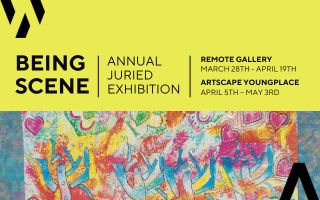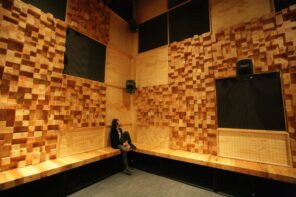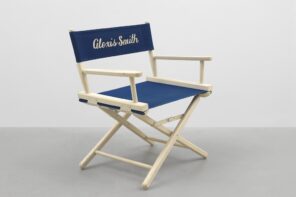Walter Benjamin has a line about the Angel of History who sees the past as “one single catastrophe, which unceasingly piles rubble on top of rubble and hurls it before his feet.” At times this year, it has felt that this could actually describe the unfolding present, piling outrage on top of outrage without end. And just as Benjamin was using this image to raise the question of how you adequately narrate the past, for me this sense of imminent turmoil raises the big question about how you capture the present: How should art relate to this moment? Can it even?
In the week before the frenetic chaos of Art Basel dumped down on Miami, this question is exactly what New York Times film scribe A.O. Scott asked, in the latest in his series of art-and-politics think pieces for the paper: “Is Our Art Equal to the Challenges of Our Times?” The answer he gave was “it’s complex”—but essentially “no.” “[W]e are in the midst of hard times now,” he wrote, “and it feels as if art is failing us.”
Six years after the worst financial crisis in recorded memory, Scott worries that the culture at large—he’s talking about TV, film, music, theater, the whole cultural smorgasbord—hasn’t really learned to speak in any kind of new and urgent voice. Visual art gets only a sideways nod in Scott’s account, which maybe says all you can say about how relevant it feels to the wider conversation. Perhaps, however, it’s not that “culture” as a whole is failing, but that the old institutions of culture are not where the present is best finding its voice.













